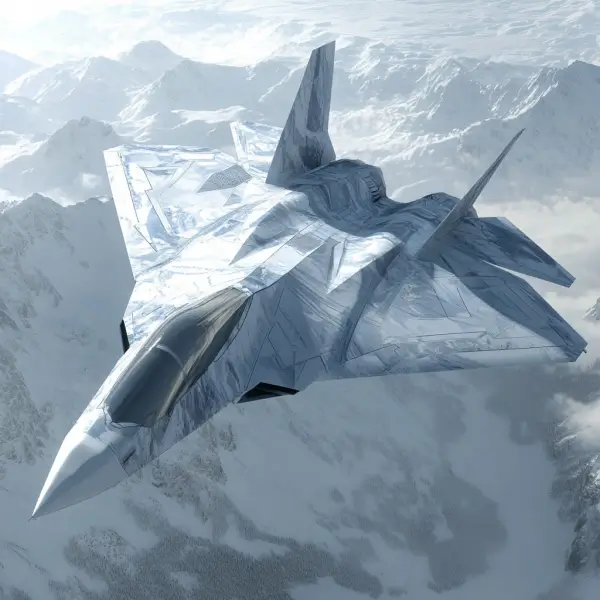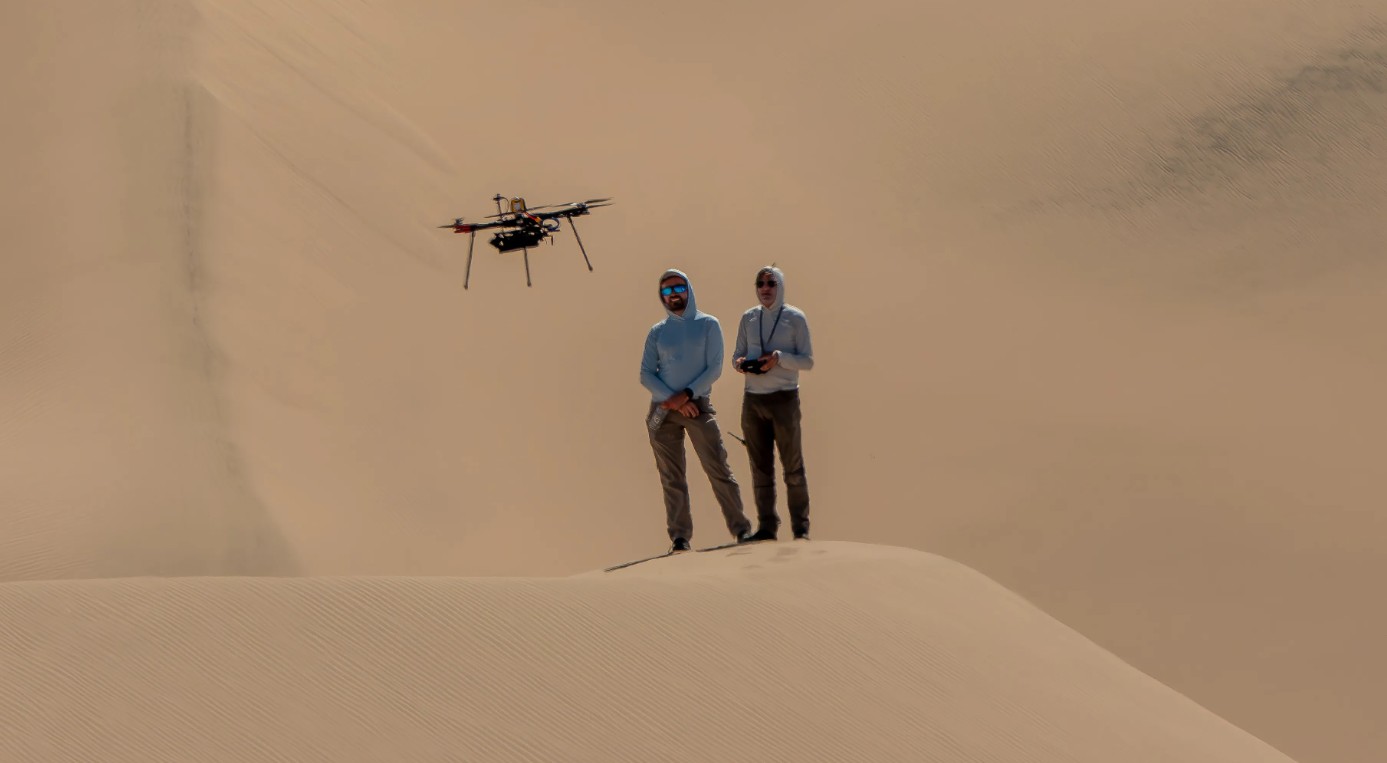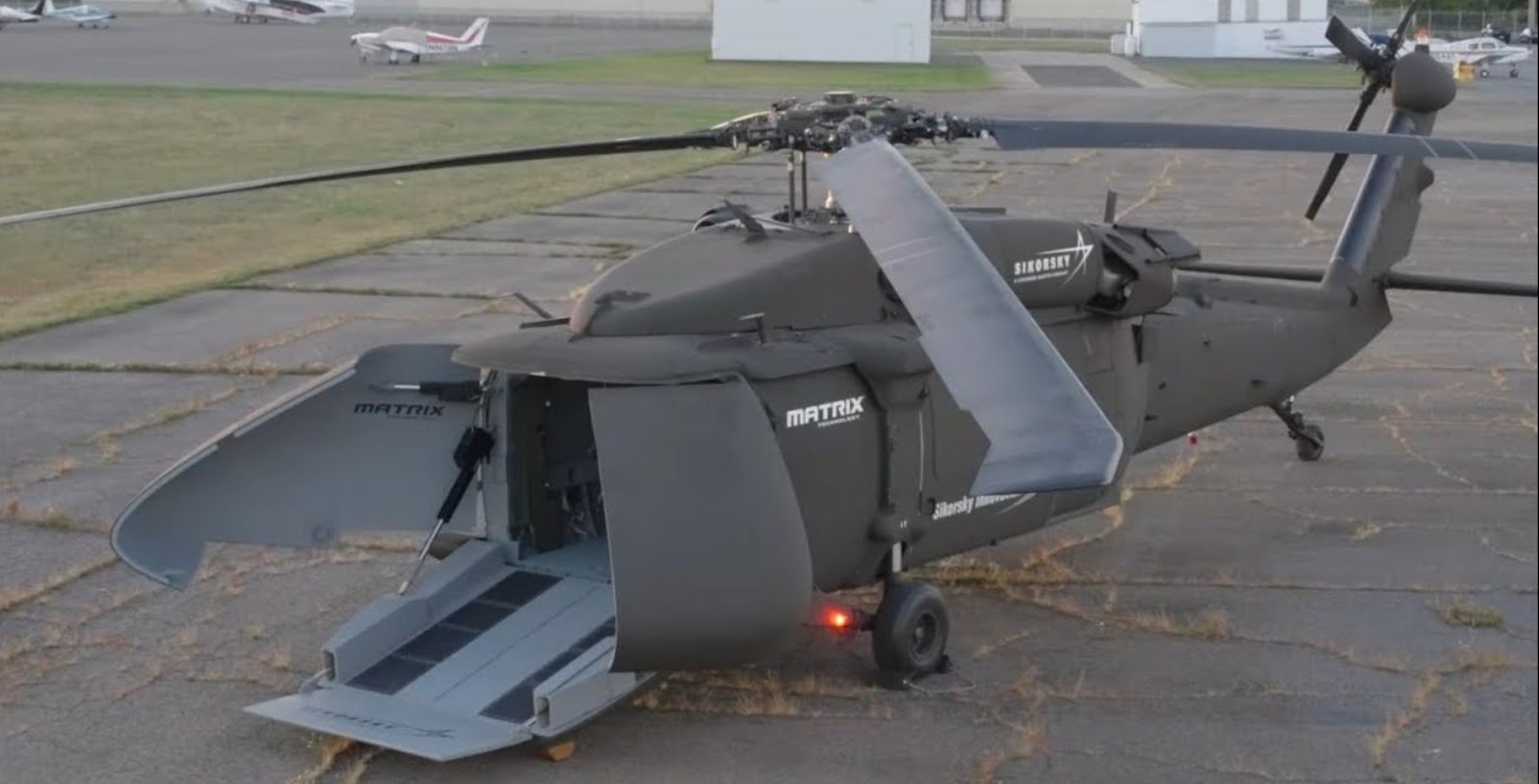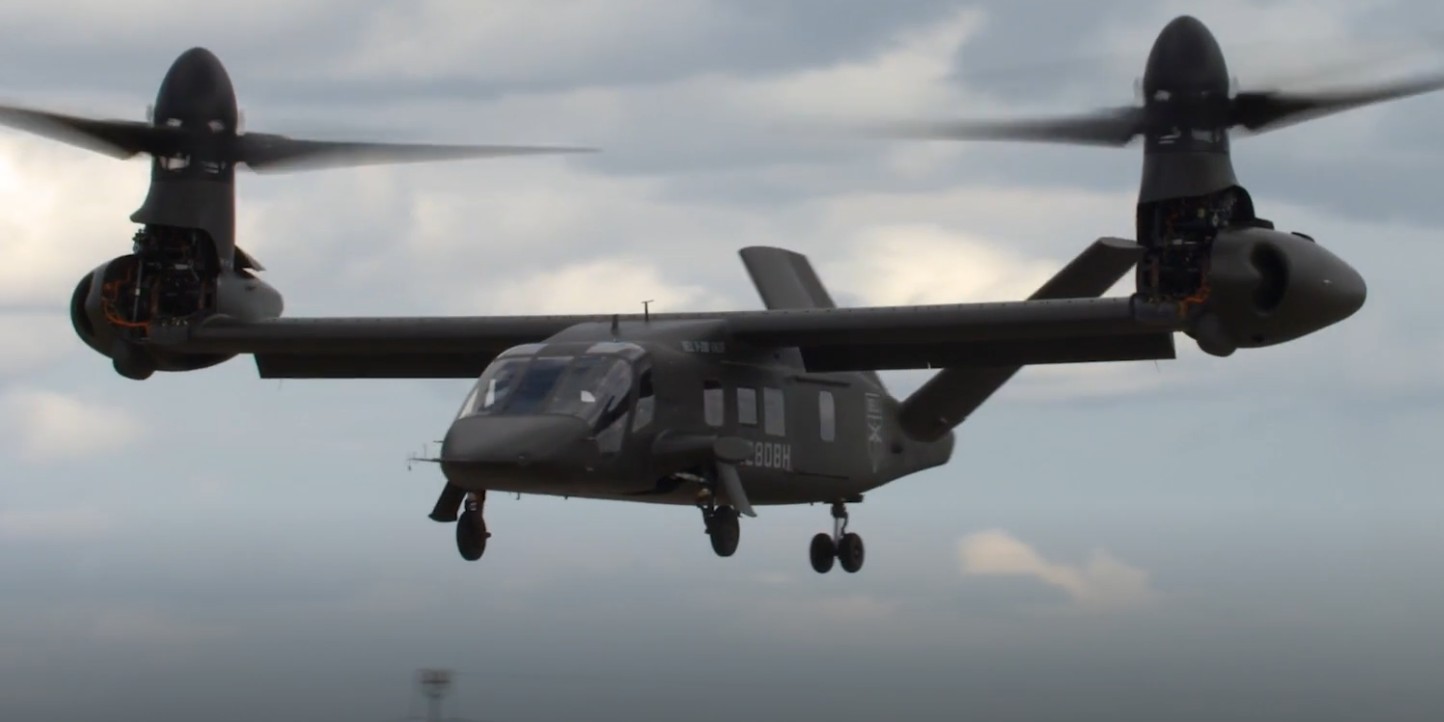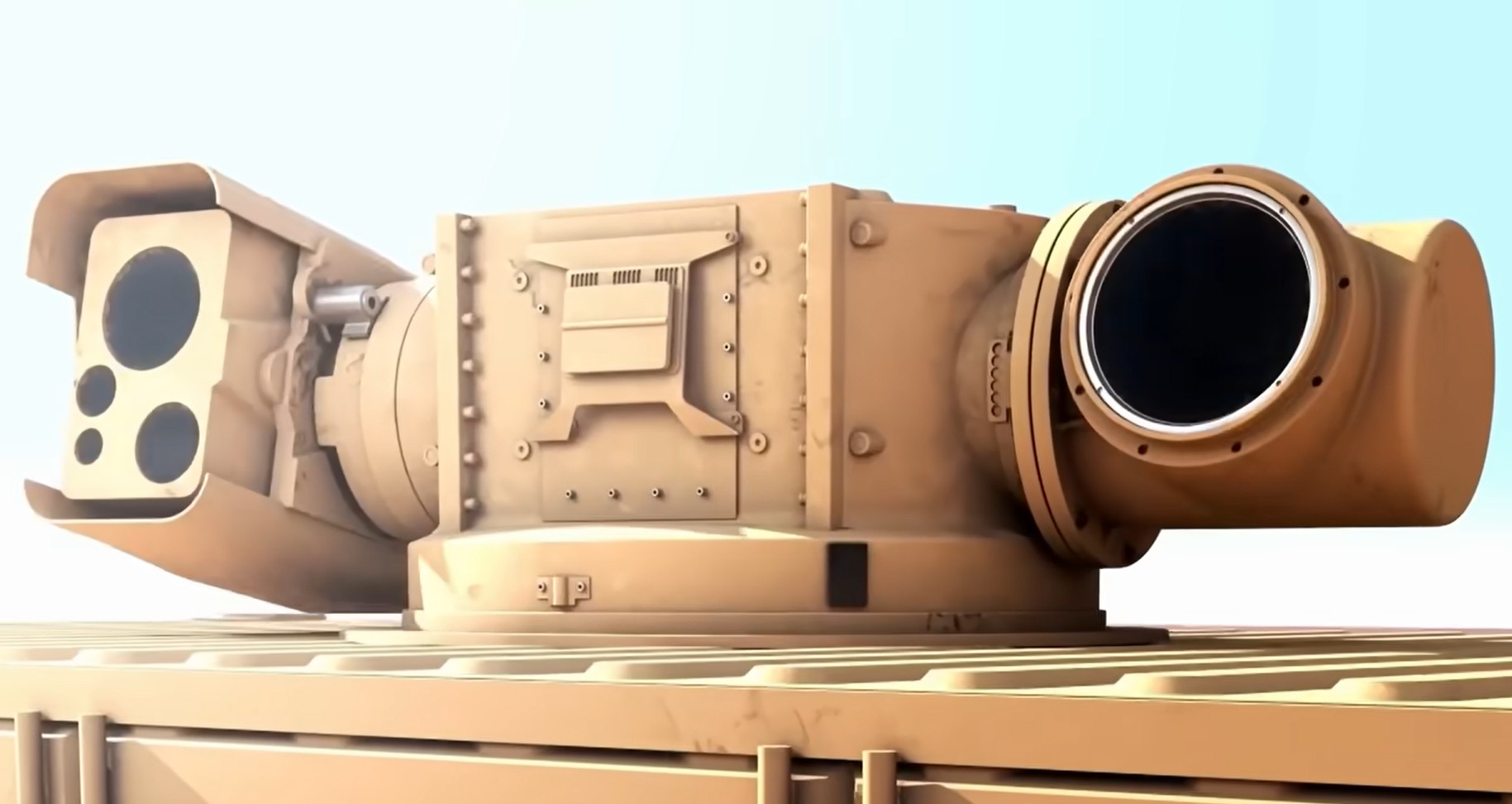Revolutionizing Stealth: Invisible Fighter Jets
The concept of invisibility has always captured human imagination, from myths and legends to modern sci-fi tales. In recent years, science and technology have brought us closer to realizing this dream, especially in the realm of military aviation. Enter invisible fighter jets, equipped with revolutionary adaptive aircraft camouflage systems designed to elude detection and give operators a critical advantage in modern warfare.
The Science Behind Invisibility
Invisible fighter jets leverage advanced technologies in adaptive camouflage, primarily through the manipulation of light and electromagnetic wavelengths. The core idea revolves around rendering an aircraft invisible or significantly less detectable to radar systems and the human eye. This is achieved via state-of-the-art surface materials and innovative engineering.
These technologies work by bending light around the aircraft, effectively cloaking it from visibility. This is akin to the way a mirage occurs in a desert, where light waves are bent by the hot air, confusing the viewer’s vision. Similarly, these jets use comprehensive arrays of sensors and emitters on their surfaces to project the sky or surrounding environment’s background onto the aircraft itself.
Adaptive Camouflage: How It Works
Adaptive camouflage systems integrate a multitude of technologies, including:
- Electrochromic and Thermochromic Materials: These materials change color or reflectivity in response to electrical signals or temperature changes, thereby blending the aircraft into the background.
- Liquid Crystal Displays (LCD): Using a grid of tiny LCDs that can instantly change color and intensity, allowing the aircraft to mimic its surroundings dynamically.
- Photonic Metamaterials: Designed to manipulate the properties of light, making the aircraft appear invisible to certain wavelengths typically utilized by radar systems.
Practical Applications and Use Cases
Invisible fighter jets have several potential applications in military operations. The primary benefit is enhanced stealth capability, allowing airborne units to conduct surveillance, reconnaissance, and combat missions with a reduced risk of detection. This is particularly useful in penetrating enemy air defenses and reducing the chances of visual identification by adversaries.
The strategic advantage gained from such technology could redefine air dominance. Invisible fighter jets could execute missions in hostile territories without being tracked, thus offering a critical edge in both offensive and defensive operations.
Technical Specifications and Features
| Specification | Description |
|---|---|
| Material Composition | Electrochromic panels, photonic metamaterials |
| Camo Technology | Adaptive sensors and LCD grid |
| Radar Avoidance | Effective across a range of radar wavelengths |
| Environment Adaptability | Dynamic surface color and texture matching |
Challenges and Future Prospects
Despite remarkable advancements, developing fully invisible fighter jets poses significant challenges. The complexity and cost of manufacturing adaptive camouflage systems remain high. There is also the issue of maintaining these systems in different environmental conditions, ensuring that they continue to function effectively in various climates and altitudes.
Nevertheless, military forces worldwide are investing heavily in research and development in this field. The potential benefits of invisible aircraft are undeniable, spurring a race in technological innovation. Future prospects look promising with the constant advancement of material science and nanotechnology that could potentially lead to more efficient and cost-effective solutions.
In summary, the development of adaptive aircraft camouflage systems marks a pivotal point in modern aviation and military strategy. As technology progresses, the dream of true invisibility becomes more tangible, promising a significant leap in how air superiority is achieved and maintained.
